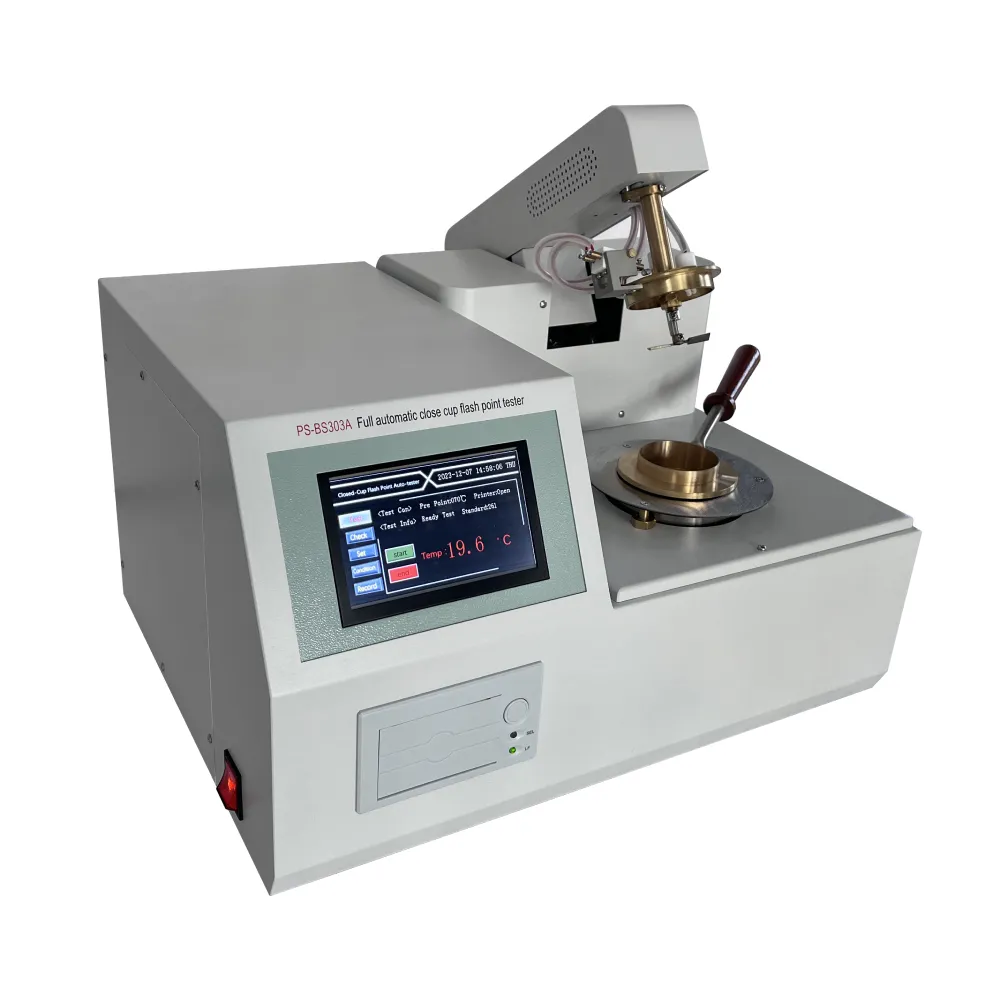 English
English



-
 Afrikaans
Afrikaans -
 Albanian
Albanian -
 Amharic
Amharic -
 Arabic
Arabic -
 Armenian
Armenian -
 Azerbaijani
Azerbaijani -
 Basque
Basque -
 Belarusian
Belarusian -
 Bengali
Bengali -
 Bosnian
Bosnian -
 Bulgarian
Bulgarian -
 Catalan
Catalan -
 Cebuano
Cebuano -
 China
China -
 China (Taiwan)
China (Taiwan) -
 Corsican
Corsican -
 Croatian
Croatian -
 Czech
Czech -
 Danish
Danish -
 Dutch
Dutch -
 English
English -
 Esperanto
Esperanto -
 Estonian
Estonian -
 Finnish
Finnish -
 French
French -
 Frisian
Frisian -
 Galician
Galician -
 Georgian
Georgian -
 German
German -
 Greek
Greek -
 Gujarati
Gujarati -
 Haitian Creole
Haitian Creole -
 hausa
hausa -
 hawaiian
hawaiian -
 Hebrew
Hebrew -
 Hindi
Hindi -
 Miao
Miao -
 Hungarian
Hungarian -
 Icelandic
Icelandic -
 igbo
igbo -
 Indonesian
Indonesian -
 irish
irish -
 Italian
Italian -
 Japanese
Japanese -
 Javanese
Javanese -
 Kannada
Kannada -
 kazakh
kazakh -
 Khmer
Khmer -
 Rwandese
Rwandese -
 Korean
Korean -
 Kurdish
Kurdish -
 Kyrgyz
Kyrgyz -
 Lao
Lao -
 Latin
Latin -
 Latvian
Latvian -
 Lithuanian
Lithuanian -
 Luxembourgish
Luxembourgish -
 Macedonian
Macedonian -
 Malgashi
Malgashi -
 Malay
Malay -
 Malayalam
Malayalam -
 Maltese
Maltese -
 Maori
Maori -
 Marathi
Marathi -
 Mongolian
Mongolian -
 Myanmar
Myanmar -
 Nepali
Nepali -
 Norwegian
Norwegian -
 Norwegian
Norwegian -
 Occitan
Occitan -
 Pashto
Pashto -
 Persian
Persian -
 Polish
Polish -
 Portuguese
Portuguese -
 Punjabi
Punjabi -
 Romanian
Romanian -
 Russian
Russian -
 Samoan
Samoan -
 Scottish Gaelic
Scottish Gaelic -
 Serbian
Serbian -
 Sesotho
Sesotho -
 Shona
Shona -
 Sindhi
Sindhi -
 Sinhala
Sinhala -
 Slovak
Slovak -
 Slovenian
Slovenian -
 Somali
Somali -
 Spanish
Spanish -
 Sundanese
Sundanese -
 Swahili
Swahili -
 Swedish
Swedish -
 Tagalog
Tagalog -
 Tajik
Tajik -
 Tamil
Tamil -
 Tatar
Tatar -
 Telugu
Telugu -
 Thai
Thai -
 Turkish
Turkish -
 Turkmen
Turkmen -
 Ukrainian
Ukrainian -
 Urdu
Urdu -
 Uighur
Uighur -
 Uzbek
Uzbek -
 Vietnamese
Vietnamese -
 Welsh
Welsh -
 Bantu
Bantu -
 Yiddish
Yiddish -
 Yoruba
Yoruba -
 Zulu
Zulu
dga transformer oil analysis
Understanding DGA Transformer Oil Analysis Importance and Process
Transformer oil, often referred to as insulating oil, plays a crucial role in ensuring the reliable operation of electrical transformers. One of the most effective methods for monitoring the condition of transformer oil is through Dissolved Gas Analysis (DGA). This analysis helps in identifying potential issues within the transformer, ultimately contributing to better maintenance strategies and reducing the risk of failures. In this article, we will delve into the significance of DGA transformer oil analysis, its process, and how it aids in maintaining transformer health.
What is DGA?
Dissolved Gas Analysis is a diagnostic tool that involves measuring the concentration of gases dissolved in transformer oil. When electrical insulation degrades or when there is an electrical fault, various gases are produced. The types and concentrations of these gases provide valuable insights into the transformer’s condition. Common gases monitored during DGA include hydrogen, methane, ethylene, acetylene, carbon monoxide, carbon dioxide, and ethane. Each gas has specific implications regarding the type of fault occurring within the transformer.
Importance of DGA Transformer Oil Analysis
1. Early Fault Detection One of the primary benefits of DGA is its ability to detect problems early on. By regularly analyzing the gases present in the transformer oil, operators can identify potential issues before they escalate into serious faults. This proactive approach can significantly reduce the risk of transformer failures, which can be costly and disrupt power supply.
2. Maintenance Planning DGA analysis provides essential data that can inform maintenance schedules. By understanding the condition of the transformer and the severity of any detected issues, maintenance can be appropriately timed, ensuring optimal operation and minimizing downtime.
3. Investigation of Historical Trends DGA data can be kept over time to track changes in gas concentrations. This historical analysis can help to recognize trends, allowing for better predictive maintenance strategies. By establishing a baseline, any deviation can signal an abnormal condition that needs immediate attention.
4. Cost Efficiency While performing DGA analysis does incur some costs, it is often vastly outweighed by the potential savings. Preventing unexpected failures through early detection helps avoid emergency repairs and the associated downtime costs. Moreover, maintaining transformers in optimal condition enhances their lifespan, providing long-term savings.
dga transformer oil analysis

The DGA Process
The DGA process generally follows a systematic series of steps
1. Sample Collection A sample of transformer oil is taken, typically through a sampling valve. This process must be performed with care to avoid contamination.
2. Gas Separation The collected oil sample is processed to separate the dissolved gases. Various techniques can be used, including gas chromatography or infrared spectroscopy.
3. Gas Analysis The concentration of individual gases is measured and analyzed. This data is then compared against established norms and standards to determine the health of the transformer.
4. Interpretation and Action The results are interpreted by trained professionals who can identify potential issues based on gas types and concentrations. Recommendations for maintenance or further testing may be provided based on these findings.
Conclusion
Dissolved Gas Analysis offers a deep insight into the health of transformer oil and, by extension, the transformer itself. Its ability to identify faults early is invaluable for utility companies and industries that rely on continuous power supply. By incorporating regular DGA testing into maintenance regimes, organizations can ensure the reliability of their transformers, reduce operational risks, and ultimately save costs. As technology continues to evolve, DGA remains a cornerstone of effective transformer management, ensuring that our electrical infrastructure remains robust and resilient.
-
Testing Equipment Industry Sees Major Advancements in 2025: Smart & Precision Technologies Lead the WayNewsJun.06,2025
-
Applications of Direct Current Generators in Renewable Energy SystemsNewsJun.05,2025
-
Hipot Tester Calibration and Accuracy GuidelinesNewsJun.05,2025
-
Digital Circuit Breaker Analyzer Features and BenefitsNewsJun.05,2025
-
Benefits of Real-Time Power Quality Monitoring Devices for Industrial EfficiencyNewsJun.05,2025
-
Earth Fault Loop Testing in High-Rise Building Electrical SystemsNewsJun.05,2025



